Mostly, a pattern asks for a yarn that is not available. A substitute must come. But how do I replace it correctly? Not only the yarn weight is important, but also the fiber content. Each fiber has different attributs and can affect the appearance of the knitted fabric. I'll show you the characteristics of the fibers.
How does the knitted garment looks like on the pictures of your pattern? Should it be soft and drapey? Does it shine or is it dull and hairy? If it has texture, twisted stitches are knitted or are there cables? These stitches are more difficult to knit with non-elastic yarn such as cotton or linen. Is there a textured pattern with right and left stitches? This wouldn't be noticeable with a hairy or fluffy yarn.
To replace the yarn from a knitting or crochet pattern, you need to know not only the yarn weight, but also the fiber content. Each fiber has different properties. The following list of fibers is intended to give you a clue as to how the knitted fabric looks and what character characteristics the fibers have.
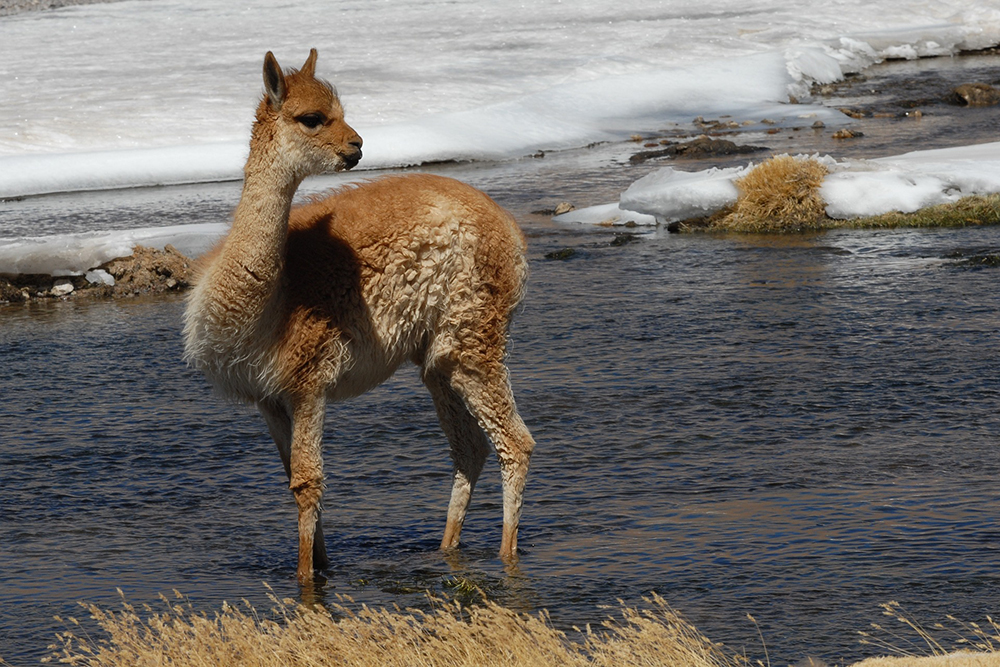
Alpaca
The long staple (4- 11inch/ 10- 28cm) is produced by the alpaca. Native to the South American, the majority of the world's alpaca fiber originates in Peru, Bolivia and Chile. The fiber is hollow and light - as well as warmer and silkier to the touch than wool. It contains little to no lanolin and it can be worn by those with wool allergies.
Knitting with pure alpaca yarn results in a soft fabric that drapes well. The long-staple imparts an almost furry quality to the finished garment. Because of its lack of resilience, pure alpaca tends to lose its shape when stretched and is often blended with wool to gain elasticity.
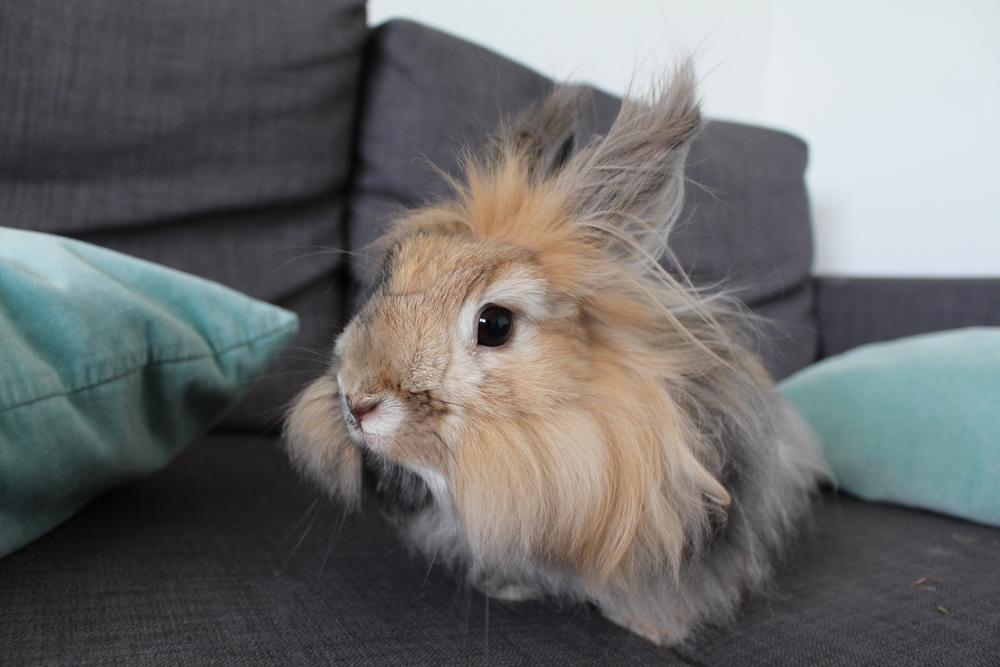
Angora
The long staple (4- 11inch/ 10- 28cm) is produced by the alpaca. Native to the South American, the majority of the world's alpaca fiber originates in Peru, Bolivia and Chile. The fiber is hollow and light - as well as warmer and silkier to the touch than wool. It contains little to no lanolin and can be worn by those with wool allergies.
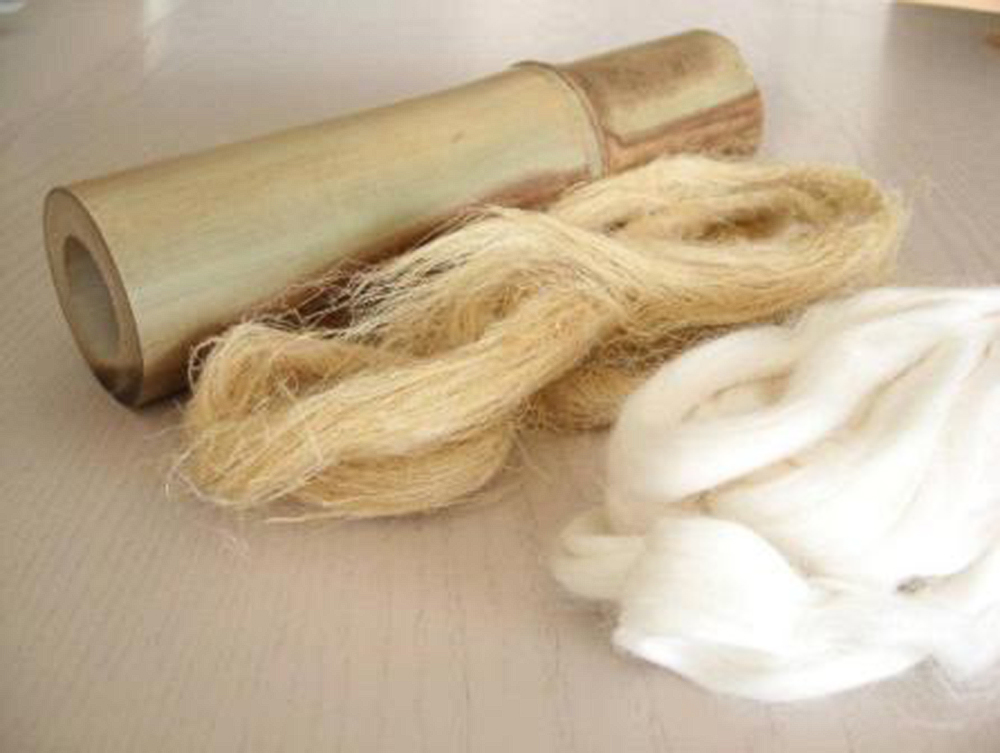
Bamboo
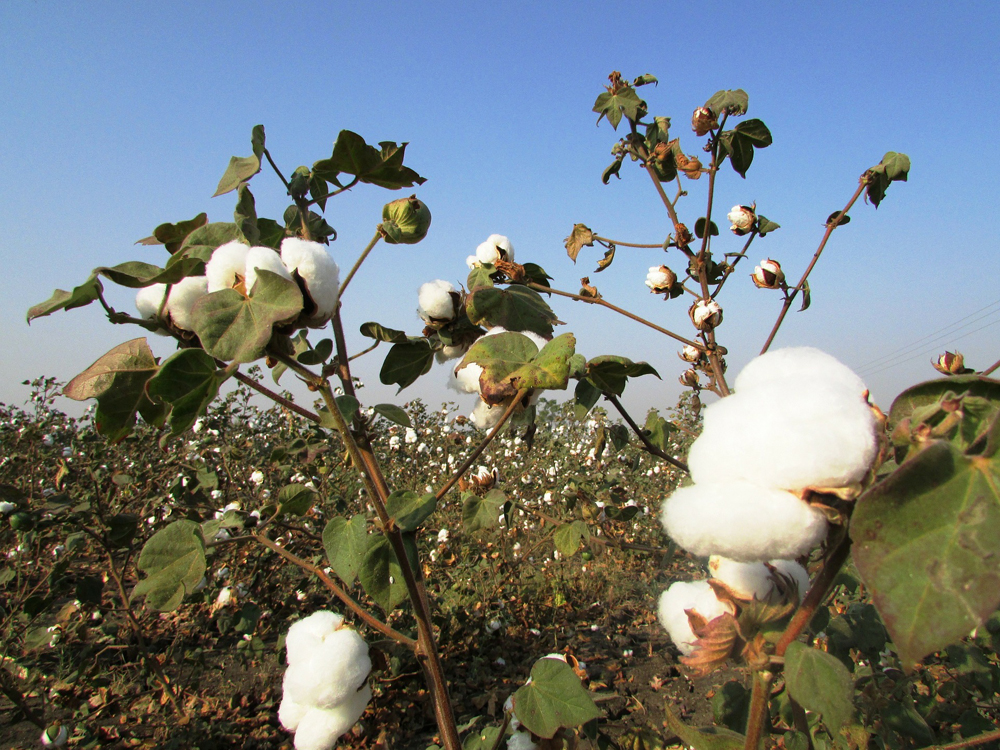
Cotton
The most widely used plant fibre is one of the oldest known textile fibres. The biggest commercial producers of cotton are China, the United States, India, Turkey and Brazil. Quality varies and is graded by the length of the fibre, or staple (from 3/8-2 1/4″; 9.5-57 mm). Egyptian, Sea Island (Georgia) and Pima are considered the finest varieties.
Conventional cotton farming and processing employ extensive use of chemicals, including pesticides, insecticides, herbicides, fertilizers, bleaches, sizing and dyes. There is a growing trend toward organic cotton production.
Mercerized cotton is named for its inventor, John Mercer. The spun yarn is treated with caustic soda (sodium hydroxide) and stretched, making it smoother, stronger, more lustrous and less prone to shrinkage than untreated yarn. And because it absorbs and holds dye better, richer colour saturation is achievable in mercerized cotton.
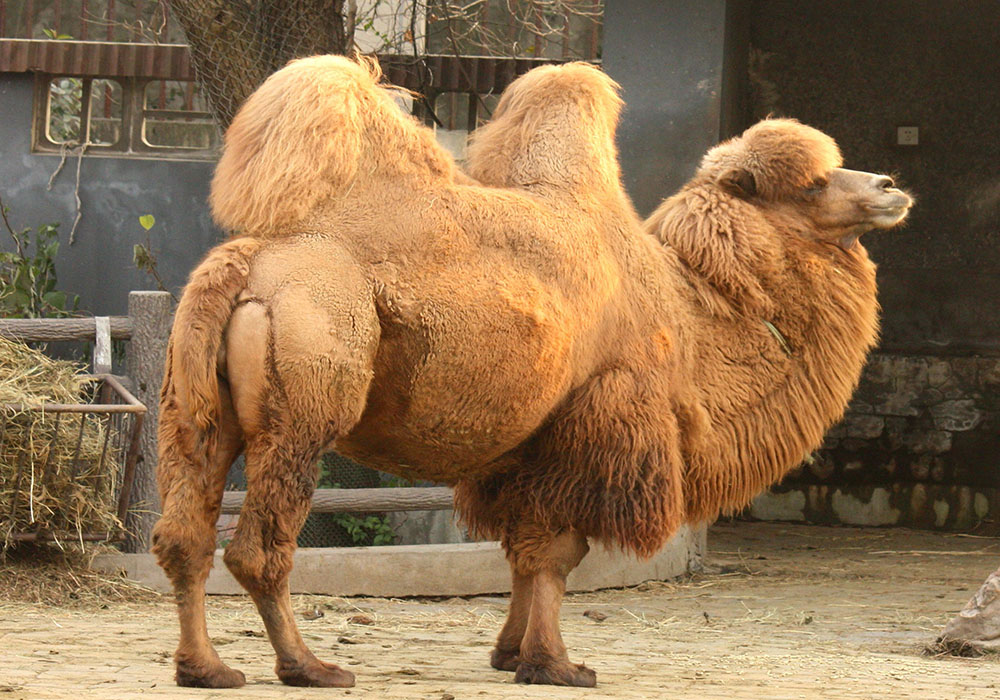
Camel
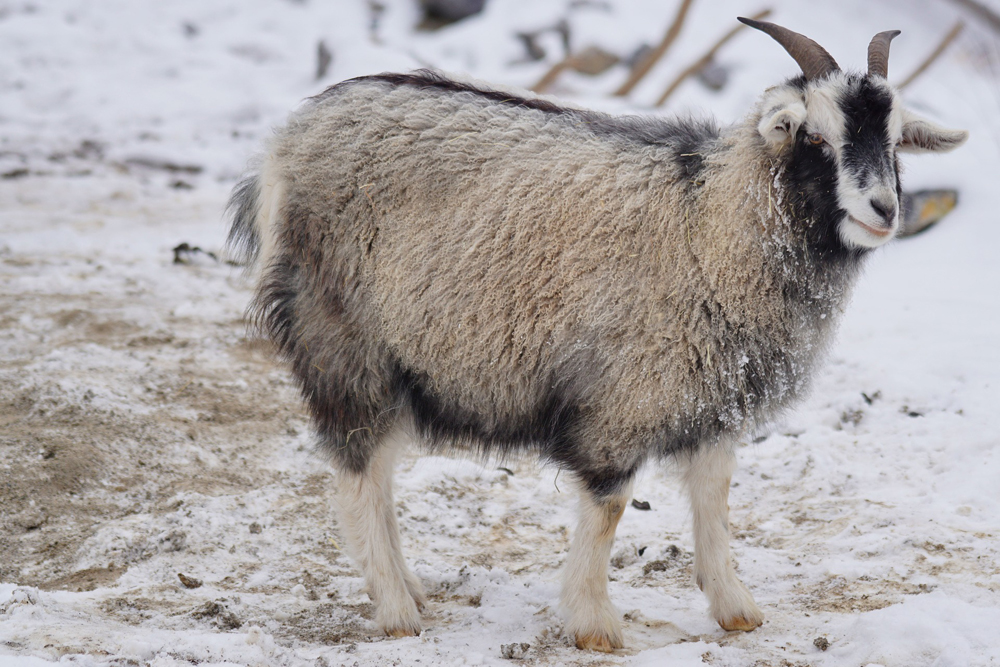
Cashmere
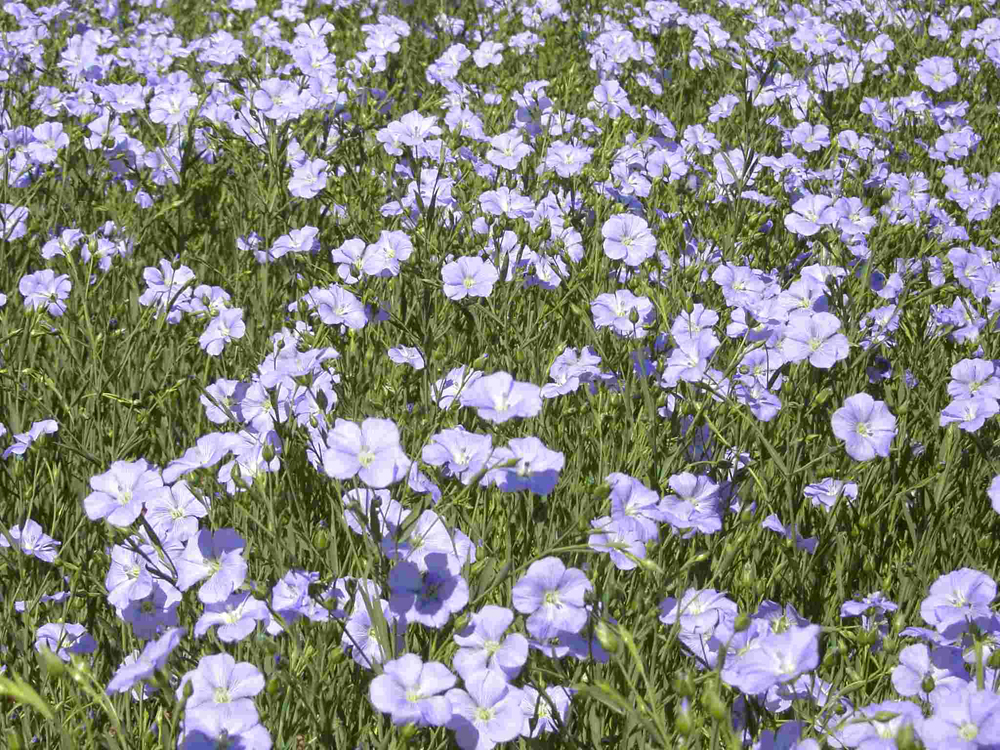
Linen
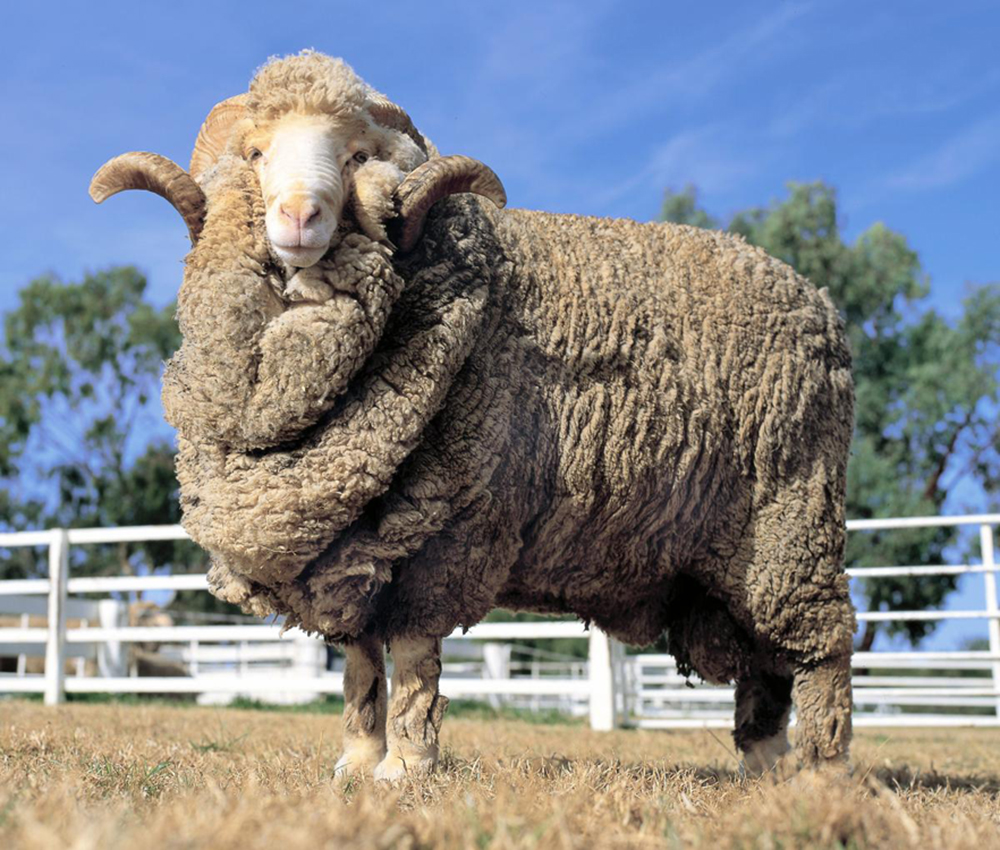
Merino
The oldest and most prevalent wool-producing breed of sheep, merinos possess a soft, fine, long-staple fibre and are recognizable by the characteristic folds in their skin. Descended from a strain originally bred by the Beni Merines, a nomadic group from North Africa, merinos settled in Spain during Roman times. Merinos thrived in Spain; for many centuries the Spanish Armada guarded the breed, allowing none of the valuable animals to leave the country. By the 1700s many people believed that the merino could thrive only in Spain. When King Philip V, who shared this belief, began exporting the sheep as gifts to crowned heads throughout Europe, its falsity was soon proved.
Today most merino sheep live in Australia. Australia is the largest producer of merino wool, with the population of sheep outnumbering that of people. Much of the finest merino is exported to Italy, where it’s spun, largely for use in the commercial textile industry.
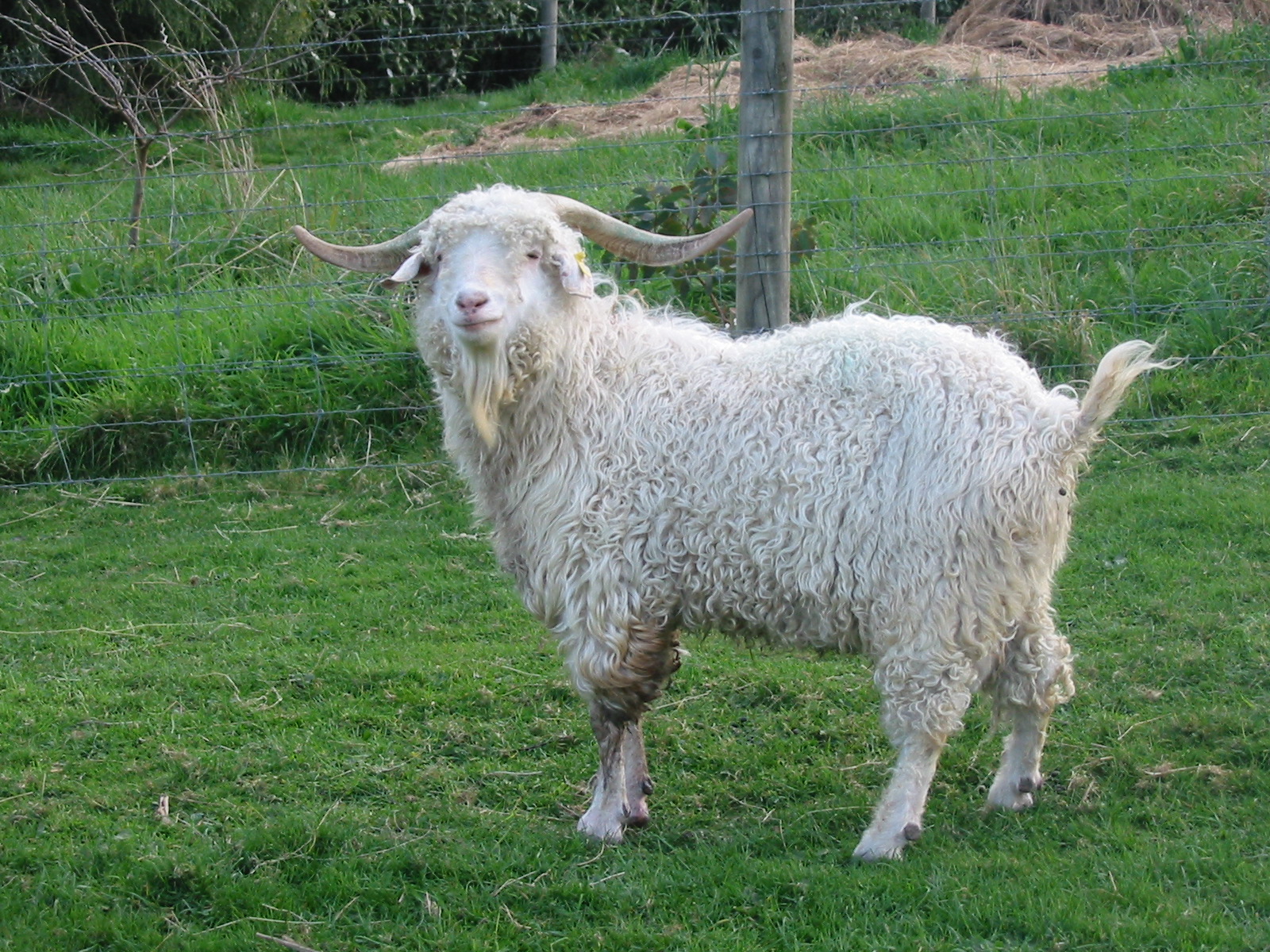
Mohair
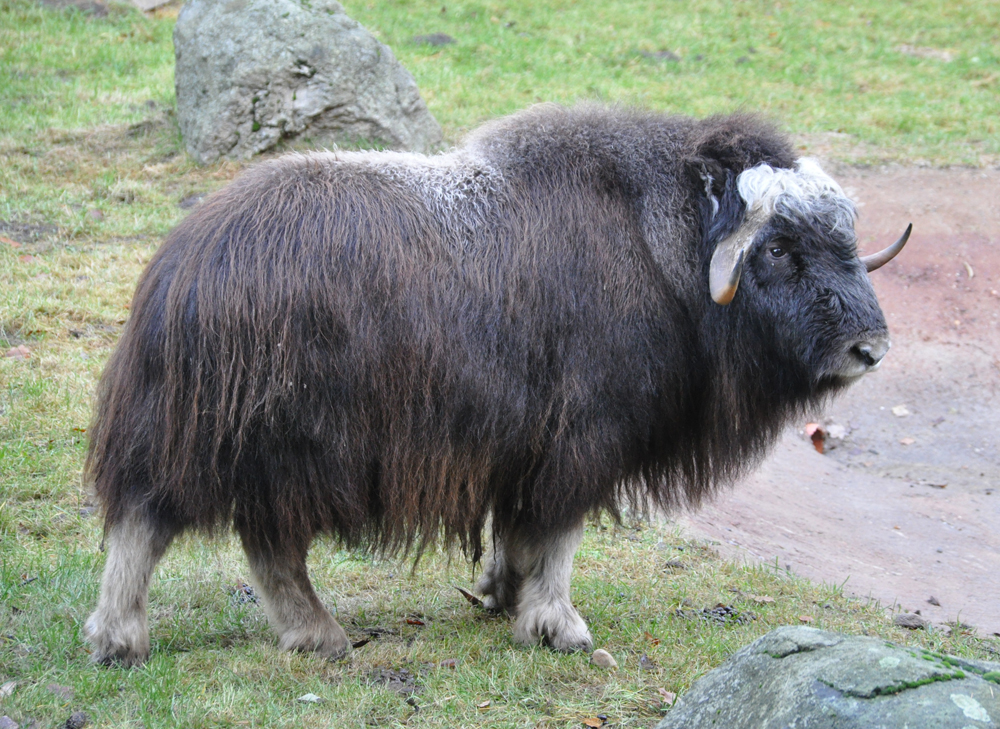
Qiviut
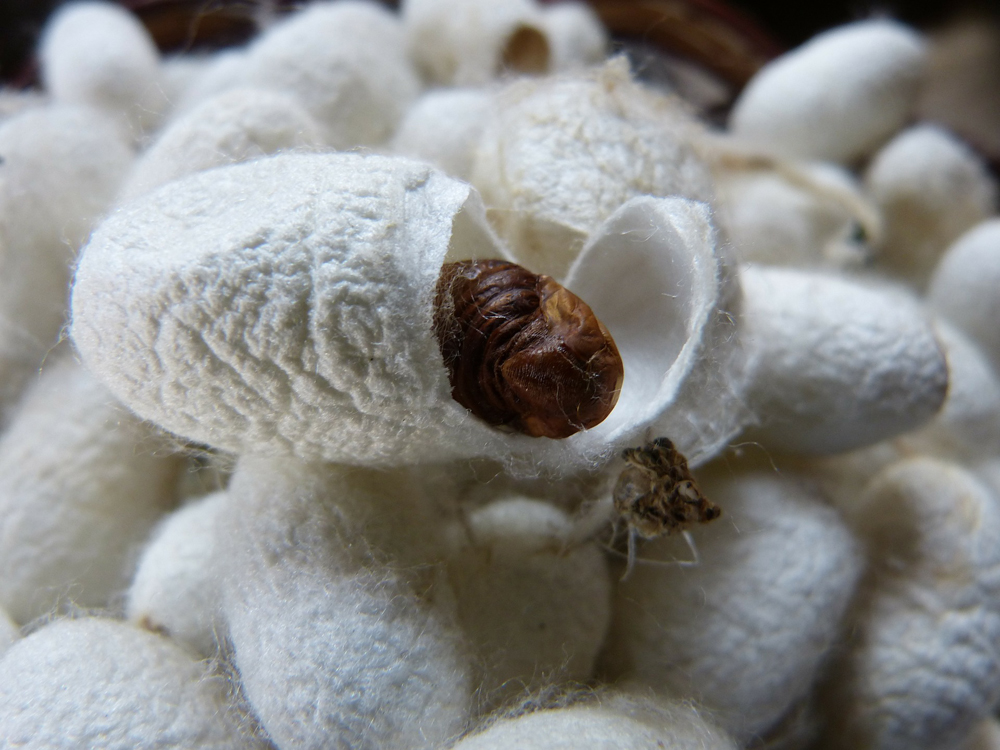


Leave a Reply